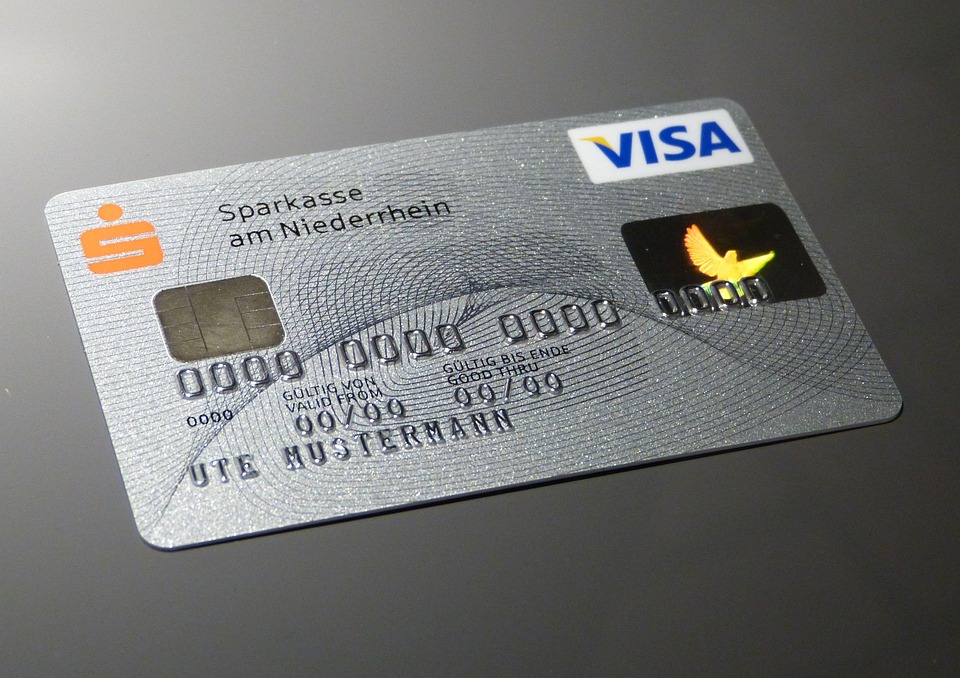Navigating the PPP Loan Forgiveness Process: What You Need to Know
The Paycheck Protection Program (PPP) was designed to provide financial relief to small businesses affected by the COVID-19 pandemic. One of its most appealing features is the potential for loan forgiveness. However, the forgiveness process can be complex and confusing. This article aims to guide you through the key aspects of the PPP loan forgiveness process, ensuring you are well-prepared to maximize your chances of having your loan forgiven.
Understanding the Basics of PPP Loan Forgiveness
The PPP loan is intended to help businesses maintain their workforce and cover essential expenses during challenging times. To qualify for full forgiveness, borrowers must use at least 60% of the loan amount for payroll costs. The remaining 40% can be allocated to other eligible expenses, including rent, utilities, and mortgage interest.
It’s essential to understand that the forgiveness process is not automatic. Borrowers must apply for forgiveness through their lender, who will review the application and determine the amount that can be forgiven based on the provided documentation.
Key Eligibility Criteria for Forgiveness
To qualify for loan forgiveness, businesses must meet specific criteria:
1. **Maintaining Employee Headcount**: Businesses must retain the same number of employees as they had before the pandemic. If you reduce your workforce or cut employee hours, forgiveness may be reduced.
2. **Eligible Expenses**: As mentioned, at least 60% of the funds must be used for payroll costs. The remaining funds can be used for eligible non-payroll expenses, which include rent for office space, utilities, and interest on mortgage obligations.
3. **Covered Period**: The expenses must be incurred during the “covered period,” which is typically the 24 weeks following the loan disbursement. Borrowers can choose an 8-week covered period if it better suits their business needs.
Preparing Your Documentation
Proper documentation is critical for a successful PPP loan forgiveness application. Here are the key documents you should gather:
– **Payroll Records**: This includes payroll reports, tax filings, and documentation showing the number of employees you retained and their wages during the covered period.
– **Non-Payroll Expense Records**: Gather invoices, receipts, and proof of payment for rent, utilities, and mortgage interest during the covered period.
– **Bank Statements**: These can help verify your expenses and provide additional support for your application.
– **Form 3508**: This is the application form for forgiveness. There are different versions of this form depending on the size of your loan and the complexity of your expenses.
Filing Your Application
Once you have gathered the necessary documentation, you can begin the application process. Follow these steps:
1. **Complete the Application**: Fill out Form 3508 or the applicable version for your business. Ensure that all information is accurate and complete.
2. **Submit to Your Lender**: After completing the form, send it along with your supporting documentation to your lender. Be sure to keep copies for your records.
3. **Follow Up**: Your lender will review your application and may request additional information or clarification. Be responsive to any inquiries to expedite the process.
What to Expect After Submission
After you submit your application, your lender has 60 days to review it and make a decision regarding forgiveness. They will then submit their recommendation to the Small Business Administration (SBA), which will ultimately determine the forgiveness amount.
You will receive a notification once a decision has been made. If your application is approved, the forgiven amount will be deducted from your loan balance. If it is not fully forgiven, you will need to repay the remaining amount, typically at a 1% interest rate over a two-year term.
Conclusion
The PPP loan forgiveness process may seem daunting, but understanding the requirements and preparing your documentation can significantly ease the burden. By staying informed and organized, you can navigate the process more effectively and increase your chances of having your loan fully forgiven. Remember to communicate with your lender throughout the process and seek professional advice if needed. With careful planning and diligence, your business can benefit from the financial relief that the PPP offers.



